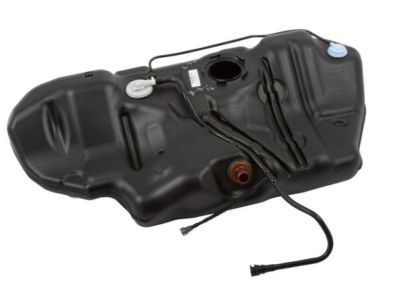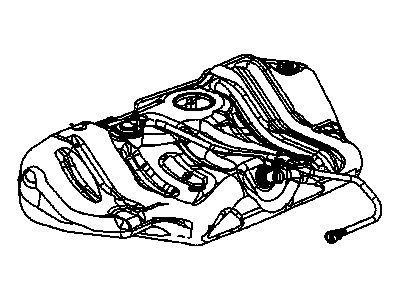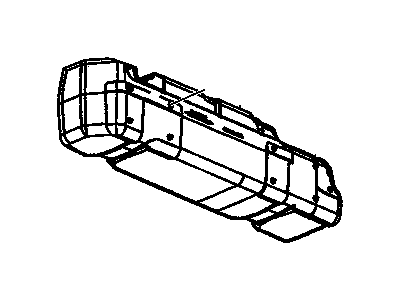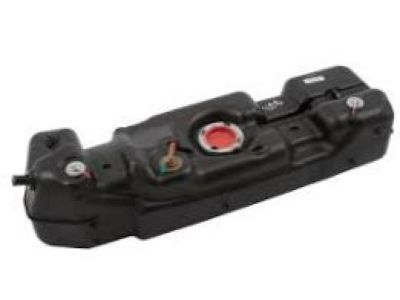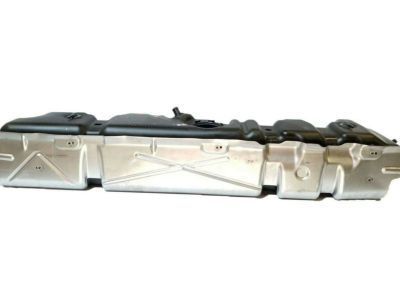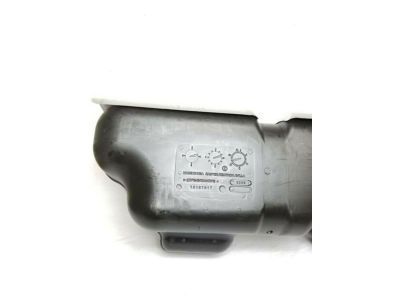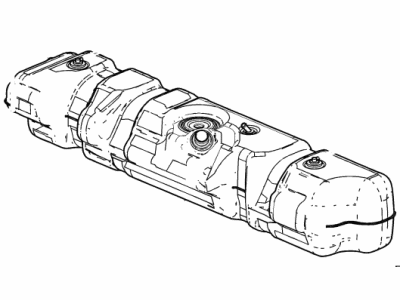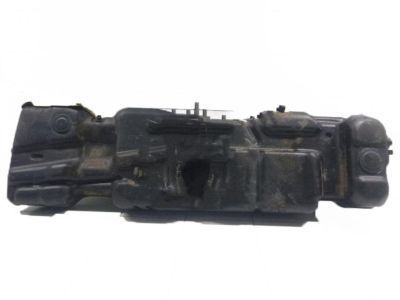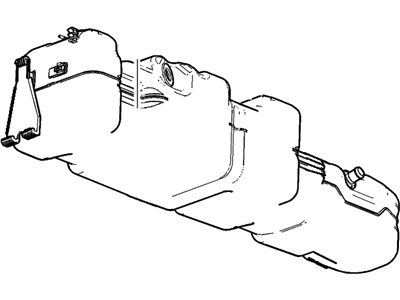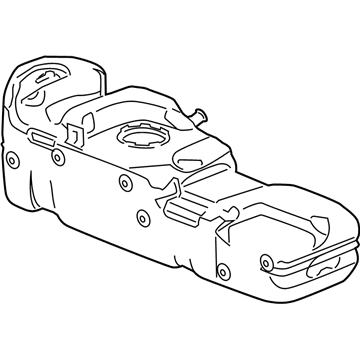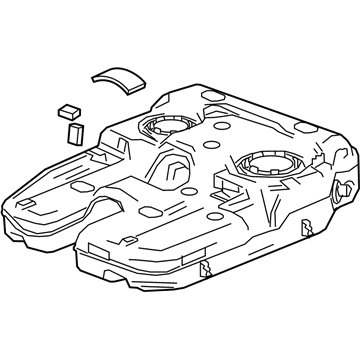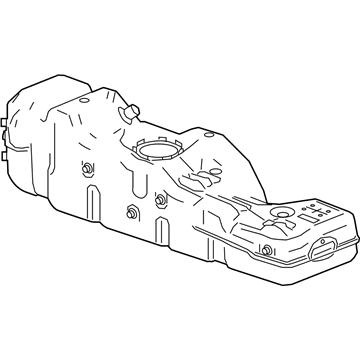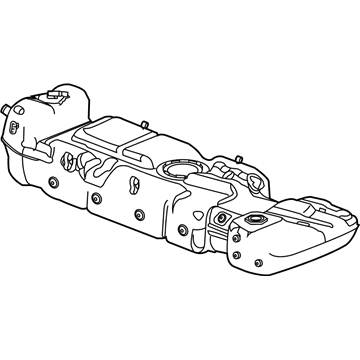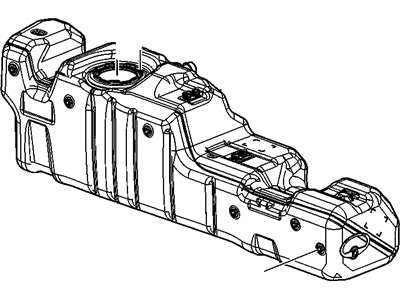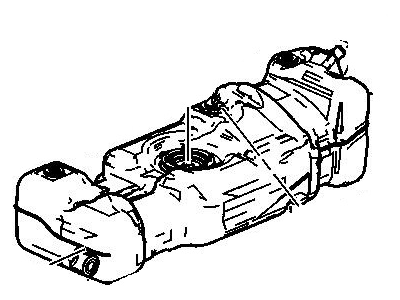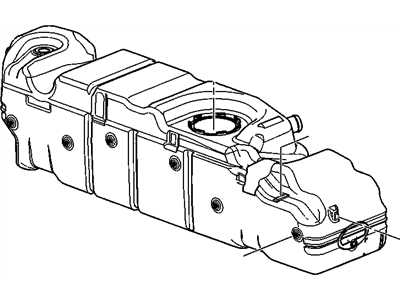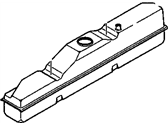
My Garage
My Account
Cart
Genuine Chevrolet Fuel Tank
Gas Tank- Select Vehicle by Model
- Select Vehicle by VIN
Select Vehicle by Model
orMake
Model
Year
Select Vehicle by VIN
For the most accurate results, select vehicle by your VIN (Vehicle Identification Number).
335 Fuel Tanks found
- Product Specifications
- Other Name: TANK, Fuel; Fuel Tank
- Replaces: 25947829
Chevrolet Tank Assembly, Fuel
Part Number: 25833022$793.20 MSRP: $1196.37You Save: $403.17 (34%)Ships in 1-3 Business DaysProduct Specifications- Other Name: TANK, Fuel; Fuel Tank
- Replaces: 10372630
Chevrolet Tank Assembly, Fuel
Part Number: 15229310$743.82 MSRP: $1121.90You Save: $378.08 (34%)Ships in 1-3 Business DaysProduct Specifications- Other Name: TANK, Fuel; Fuel Tank
- Replaces: 15181557, 15105259
- Product Specifications
- Other Name: Fuel Tank
- Replaces: 15197916, 25996676
- Product Specifications
- Other Name: TANK, Fuel; Fuel Tank
- Replaces: 10378655, 15870140, 25904449
Chevrolet TANK KIT-FUEL
Part Number: 42828709$816.44 MSRP: $1231.46You Save: $415.02 (34%)Ships in 1-2 Business DaysProduct Specifications- Replaces: 84316423, 84507519, 84760125
- Product Specifications
- Other Name: Fuel Tank
- Replaces: 15106177, 25996674
Chevrolet Tank Assembly, Fuel
Part Number: 22772344$850.87 MSRP: $1283.34You Save: $432.47 (34%)Ships in 1-3 Business DaysProduct Specifications- Other Name: TANK, Fuel; Fuel Tank
Chevrolet Tank Assembly, Auxiliary Fuel
Part Number: 25901690$676.48 MSRP: $1020.35You Save: $343.87 (34%)Product Specifications- Other Name: TANK, Fuel; Fuel Tank
- Replaced by: 86553361
Chevrolet Tank Assembly, Fuel
Part Number: 23138361$845.02 MSRP: $1274.53You Save: $429.51 (34%)Ships in 1-3 Business DaysProduct Specifications- Other Name: TANK, Fuel; Fuel Tank
- Product Specifications
- Other Name: TANK, Fuel; Fuel Tank
- Replaces: 20929986
Chevrolet TANK ASM-FUEL
Part Number: 85636629$518.63 MSRP: $782.28You Save: $263.65 (34%)Ships in 1-2 Business DaysProduct Specifications- Replaced by: 86569401
- Replaces: 84537306, 85569385, 85117714
Chevrolet TANK ASM-FUEL
Part Number: 85633465$778.63 MSRP: $1174.43You Save: $395.80 (34%)Ships in 1-2 Business DaysProduct Specifications- Replaced by: 85743892
- Replaces: 84152986, 84378326, 84900161, 84507167, 85138839, 84074984
Chevrolet Tank Assembly, Fuel
Part Number: 84860746$829.98 MSRP: $1251.84You Save: $421.86 (34%)Ships in 1-3 Business DaysProduct Specifications- Replaces: 22956244, 84577802
- Product Specifications
- Other Name: Fuel Tank
- Replaces: 25996675, 23315310, 15106176
- Product Specifications
- Other Name: Fuel Tank
- Replaces: 25941092, 84565937
- Product Specifications
- Other Name: Fuel Tank
- Replaced by: 85054141
Chevrolet Tank Assembly, Fuel
Part Number: 23360476$680.01 MSRP: $1025.65You Save: $345.64 (34%)Ships in 1-3 Business DaysProduct Specifications- Other Name: TANK, Fuel; Fuel Tank
- Replaces: 20929985
Chevrolet Tank Assembly, Fuel *Marked Print
Part Number: 15077622$665.72 MSRP: $1004.10You Save: $338.38 (34%)Product Specifications- Other Name: TANK, Fuel; Fuel Tank
- Replaces: 15015871
- Product Specifications
- Other Name: TANK, Fuel; Fuel Tank
| Page 1 of 17 |Next >
1-20 of 335 Results
Chevrolet Fuel Tank
At GMPartsGiant.com, we offer an extensive inventory of genuine Chevrolet Fuel Tanks at competitive prices in the market. All our OEM Chevrolet Fuel Tanks are backed by the manufacturer's warranty and will be shipped promptly to your doorstep. Rest assured, our hassle-free return policy is designed to support you throughout your shopping experience!
Chevrolet Fuel Tank Parts Questions & Experts Answers
- Q: How is the fuel tank secured and what steps should be taken for servicing the fuel supply on Chevrolet Caprice?A:The fuel tank is mounted on the car frame) on the extension of the frame rails behind the rear axle) and fixed with two steel clips that are hinged at one end and bolted and nuted on the other. In this case, as with other assemblies touching on the fuel provision, it is advisable to firstly detach the battery. The fuel gauge wiring at the top of the tank should be disconnected; on the early models, the wire is accessible through the trunk above the rear seat, you remove the rubber grommet and pull the wire through the trunk floor pan. In the case one wants to access an area underneath a given vehicle then the vehicle should first be lifted. The fuel tanks can be emptied through the filler neck, or via the fuel feed line to the carburetor, but bowh there is no way to provide a drain plug; while doing so, safety measures are to be followed up and it is strictly prohibited to use mouth suction to suck the fuel and no flame or spark is to be brought close to the fuel area. The fuel hose or vapor return hose at the top should be removed together with the gauge ground wire which is screwed to the under body and the filler neck must be detached from the tank. Place a jack and a piece of wood to support the bottom of the tank, then unbolt the tank strap bolts and let the tank slowly down while checking that all connections that you have are loose as the tank comes down. In terms of installation the process should be basically the opposite of the removal process, there should be meticulous checking of all electrical connections to see to it that they are clean and well connected securely and all the hoses should be well tightened on the tank.
- Q: How to deal with a damaged or contaminated fuel tank on Chevrolet Express?A:The fuel tank installed must be replaced if it becomes damaged. Even after cleaning and flushing, there is a risk of explosive fumes remaining in the fuel tank. If the fuel tank is removed from the vehicle, it should not be placed in an area where sparks or open flames could ignite the fumes.
- Q: How can you safely remove a fuel tank on Chevrolet Tracker?A:It is much easier to do with an empty fuel tank-the latter can be equipped with a drain plug for this aboard; if not, one will have to siphon gasoline into an approved gasoline vessel by means of a siphoning kit. Start with the fuel tank filler cap unbolted so as to release pressure and then follow by releasing the fuel system pressure. Disconnect the battery cable from the negative terminal and then, safely lift the vehicle on some jack stands. If there is a drain plug, unscrew it and place it in a jar to collate the fuel; but in the absence of the plug, use the siphoning kit. Remove the fuel filler neck hose clamp by turning it counterclockwise and drop the filler neck hose from the fuel tank. Four bolts hold the fuel tank skid plate in place; first loosen it then use a floor jack and a piece of wood to jack up the fuel tank. Subsequently, unscrew the four bolts concerned with the fuel tank retaining straps to free the tank from the car's underside. Make sure you lower the tank far enough that you can unplug the electrical connectors and unscrew the hoses noting them if at any time you need them to be reconnected. Last, take the tank out of the car and essentially, installation is the same as removal in the opposite direction.
Related Chevrolet Parts
Browse by Model
Astro Fuel Tank Avalanche Fuel Tank Aveo Fuel Tank Beretta Fuel Tank Blazer Fuel Tank C1500 Fuel Tank C2500 Fuel Tank C3500 Fuel Tank Cadet Fuel Tank Camaro Fuel Tank Caprice Fuel Tank Captiva Sport Fuel Tank Cavalier Fuel Tank Celebrity Fuel Tank City Express Fuel Tank Cobalt Fuel Tank Colorado Fuel Tank Corsica Fuel Tank Corvette Fuel Tank Cruze Fuel Tank El Camino Fuel Tank Equinox Fuel Tank Express Fuel Tank G10 Fuel Tank G20 Fuel Tank G30 Fuel Tank HHR Fuel Tank Impala Fuel Tank K1500 Fuel Tank K2500 Fuel Tank K3500 Fuel Tank Lumina Fuel Tank Malibu Fuel Tank Metro Fuel Tank Monte Carlo Fuel Tank Nova Fuel Tank P30 Fuel Tank Prizm Fuel Tank S10 Fuel Tank SS Fuel Tank SSR Fuel Tank Silverado Fuel Tank Sonic Fuel Tank Spark Fuel Tank Sprint Fuel Tank Storm Fuel Tank Suburban Fuel Tank Tahoe Fuel Tank Tracker Fuel Tank Trailblazer Fuel Tank Traverse Fuel Tank Trax Fuel Tank Uplander Fuel Tank Venture Fuel Tank Volt Fuel Tank
